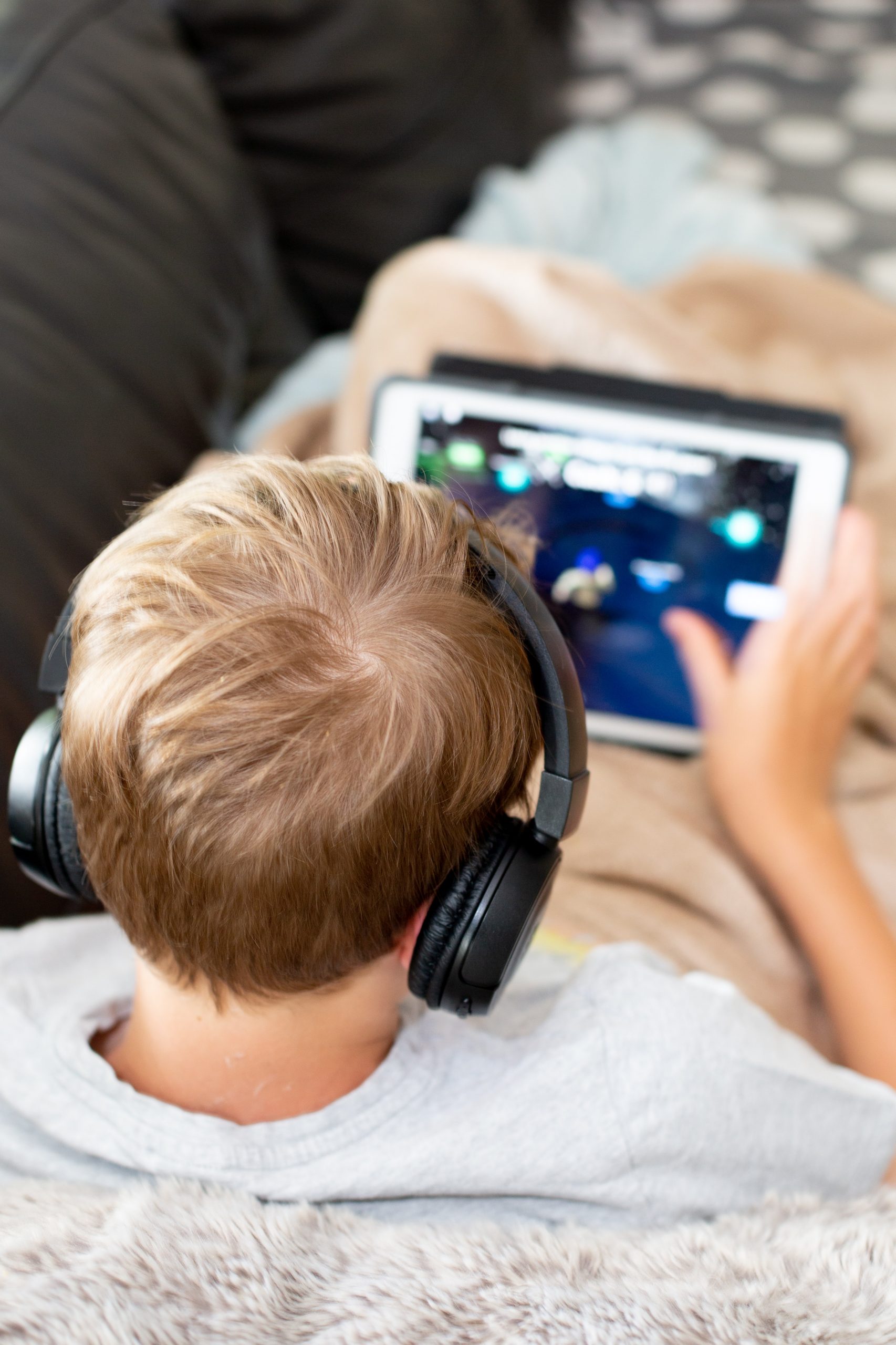
Chris Lieberman, FISM News
[elfsight_social_share_buttons id=”1″]
A new study released on Monday found that recreational screen time among adolescents doubled during the pandemic.
The study, which was published in JAMA Pediatrics, reported that teenagers average 7.7 hours of recreational screen time per day, up from approximately 3.8 hours per day before the pandemic. That figure does not include time spent on schoolwork, meaning that most students spent an additional 5-7 hours per day on screens in the last academic year as most schools opted for virtual learning. The data also suggested that increased screen time was linked to greater perceived stress and poorer mental health among children.
In a release from the University of California San Francisco, the study’s lead author, Dr. Jason Nagata, said, “As screen time increased, so did adolescents’ worry and stress, while their coping abilities declined. Though social media and video chat can foster social connection and support, we found that most of the adolescents’ screen use during the pandemic didn’t serve this purpose.”
Nagata used data from the Adolescent Brain Cognitive Development (ABCD) Study, a long-term analysis of self-reported screen use among adolescents during the period of 2016-2026. Nagata’s study analyzed over 5000 youth who were 9-10 years old when the study began and 12-13 during the pandemic.
One of Nagata’s findings was that screen time increased more significantly among black and Latino teens, as well as those from lower-income families. He said, “This may be due to structural and systemic factors, such as lack of financial resources to do other kinds of activities or lack of access to safe outdoor spaces.”
The study also found that screen use was higher among boys (8.2 hours/day) than girls (7.2 hours/day), and that boys tend to spend more time on gaming, whereas girls tend to favor texting and social media. However, at 2.4 hours per day, streaming content accounted for the highest use among both genders.
Previous studies have also linked higher screen time to poorer mental health. However, there is some debate as to which is the cause and which is the effect. Some, such as Dr. Michael Rich, director of the Digital Wellness Lab at Boston’s Children’s Hospital, suggest that the issue could work in both directions, with poor mental health leading to increased screen time, which then worsens mental health. Rich said, “What we’re seeing here is that the mental health issues preceded the screen use rather than the other way around. Particularly when you consider the overall mental health implications of the pandemic and how anxiety and depression all spiked during the lockdown period.”
Despite these findings, not everyone is convinced of the correlation between screen time and mental health. A study out of the University of Colorado Boulder published in September, which also used data from the ABCD, concluded that the relationship between the two is modest at worst, and suggests that up to 5 hours of screen time per day is not harmful.
In light of these findings, researchers do recommend that parents monitor not just the amount of screen time, but the quality of the media being consumed. In addition, Rich suggests that instead of having screen time limits, parents should designate non-screen times during the day, such as at meals or bedtime, and focus on making sure screen time does not displace other important activities throughout the day.
